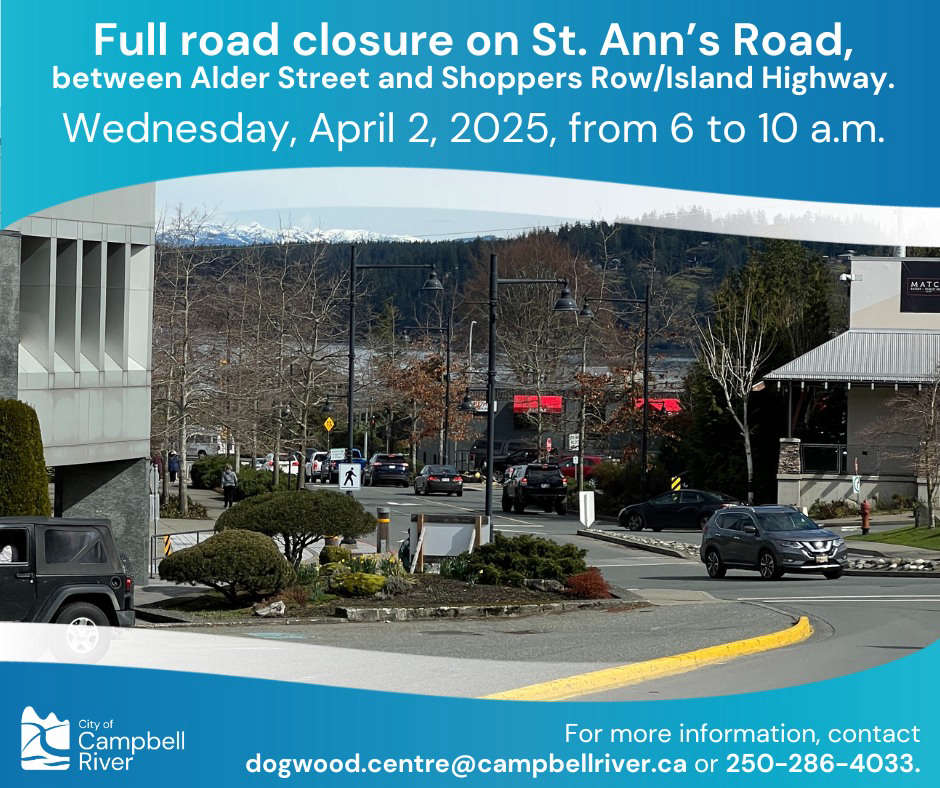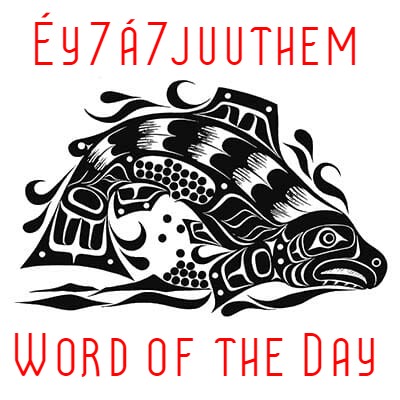
A new study is questioning whether current scientific models are underestimating the potential size of tsunamis off British Columbia's coast in the event of a large-scale earthquake.
A new study is questioning whether current scientific models are underestimating the potential size of tsunamis off British Columbia's coast in the event of a large-scale earthquake.
Earthquake scientist John Cassidy says that an ocean plate off the B.C. coast is moving a few centimetres towards Vancouver Island each year, and when that happens sediment builds up.
The study published in the journal Earth Science Reviews looks at how that sediment would affect earthquakes in subduction zones around the world.
Southern B.C. is located on the Cascadia Subduction Zone, which spans from northern Vancouver Island down to northern California.
What this study is saying is that not only will the tsunami be generated by the movement of the fault, but also potentially the movement of the faults in the sediment that’s been scraped off over the years.
Local experts say that while the study is an important reminder of tsunami risks, researchers here are unlikely to change their current predictions.
Still, the earthquake scientists say all information about how to accurately predict what to expect from tsunamis can help protect people and property.
 Filberg Park Awarded Special Accreditation
Filberg Park Awarded Special Accreditation
 Sportsplex Closed Wednesday For Repairs
Sportsplex Closed Wednesday For Repairs
 St. Ann’s Road Closure Today
St. Ann’s Road Closure Today
 Strathcona Regional District Approves 2025-2029 Financial Plan
Strathcona Regional District Approves 2025-2029 Financial Plan
 Comox Valley Talks Recreation
Comox Valley Talks Recreation
